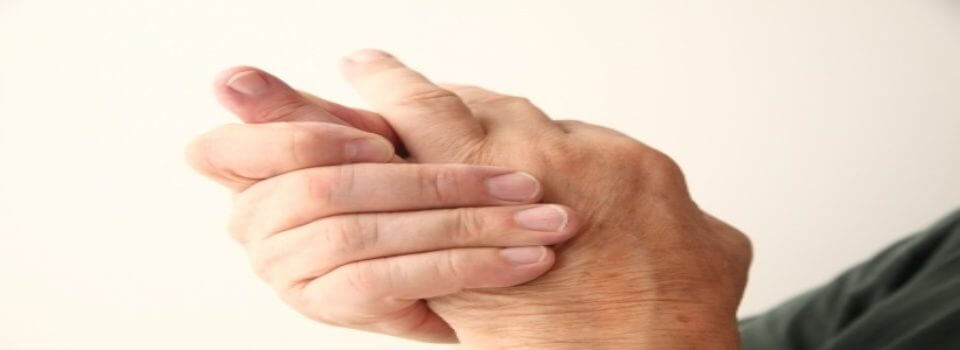 There are several types of problems that can cause hand stiffness, which often results in limitations to simple, daily tasks
There are several types of problems that can cause hand stiffness, which often results in limitations to simple, daily tasks
What is it?
A healthy hand has a wide range of motion and seems to function effortlessly, allowing us to accomplish a great many necessary activities. There are several types of problems that can cause hand stiffness, which often results in limitations to simple, daily tasks.
What causes it?
Our joints have a smooth cartilage covering that gives us a wide range of motion. Next to joints are ligaments, which keep bones together like strong tape. The hand is also made up of parts that prevent hyperextension (the volar plate) and undue stress (collateral ligaments). The muscles are what allow movement, and the tendons carry motion to the joints. Any problems that interfere with these structures might result in stiffness. Many kinds of arthritis may prevent the joint from moving normally. Nearby fractures and their subsequent healing can leave scars, which may also cause stiffness. Additionally, incidents like sprains, dislocations, tendon or muscle injuries can cause lose in mobility and stiffness.
What are the symptoms?
As the name of the condition suggests, patients experience stiffness in the hand and/or fingers, which may or may not hinder normal, daily activities.
How do we diagnose it?
We will hold a consultation in which you describe the onset and progression of the condition, the way it affects hand use, history of injuries and medical conditions and any treatment you may have received before. We will carefully examine movement for range of motion to analyze the difference between the way you can move your hand on your own and the way it can be moved manually by a doctor. We will also assess for pain and swelling, and muscle and tendon action. Overall, we’ll be looking for the way stiffness impacts function.
X-rays can be used to check for arthritis or other bone and joint problems. If x-rays are inconclusive, we may consider an MRI or CT scan.
How is it treated?
The least invasive option involves treatment from a hand therapist, who will coach you in joint and muscle stretching exercises. In addition, a splint or cast can be employed to stretch tight joints and help increase motion capabilities.
We’ll consider surgery only if the treatments described above are unsuccessful. During surgery, overly-tight ligaments and capsules can be released. With this type of surgery, the patient should be prepared for a significant post-op therapy process in order to achieve the full benefits of the surgery. If a therapy regimen is not followed, the stiffness can return, sometimes worse than before surgery.
It’s not recommended for patients with arthritis to seek stretching or the surgery described above. In these cases, we can provide strategies to help you adapt hand usage. Additionally, we may consider replacement or reconstruction of the joint. Surgery can be very helpful in relieving pain and restoring function, but not all stiff joints require treatment. Some stiffness, like that of the end joint of the finger, may not impede function at all. We will help you to choose the best plan based on your specific situation.


